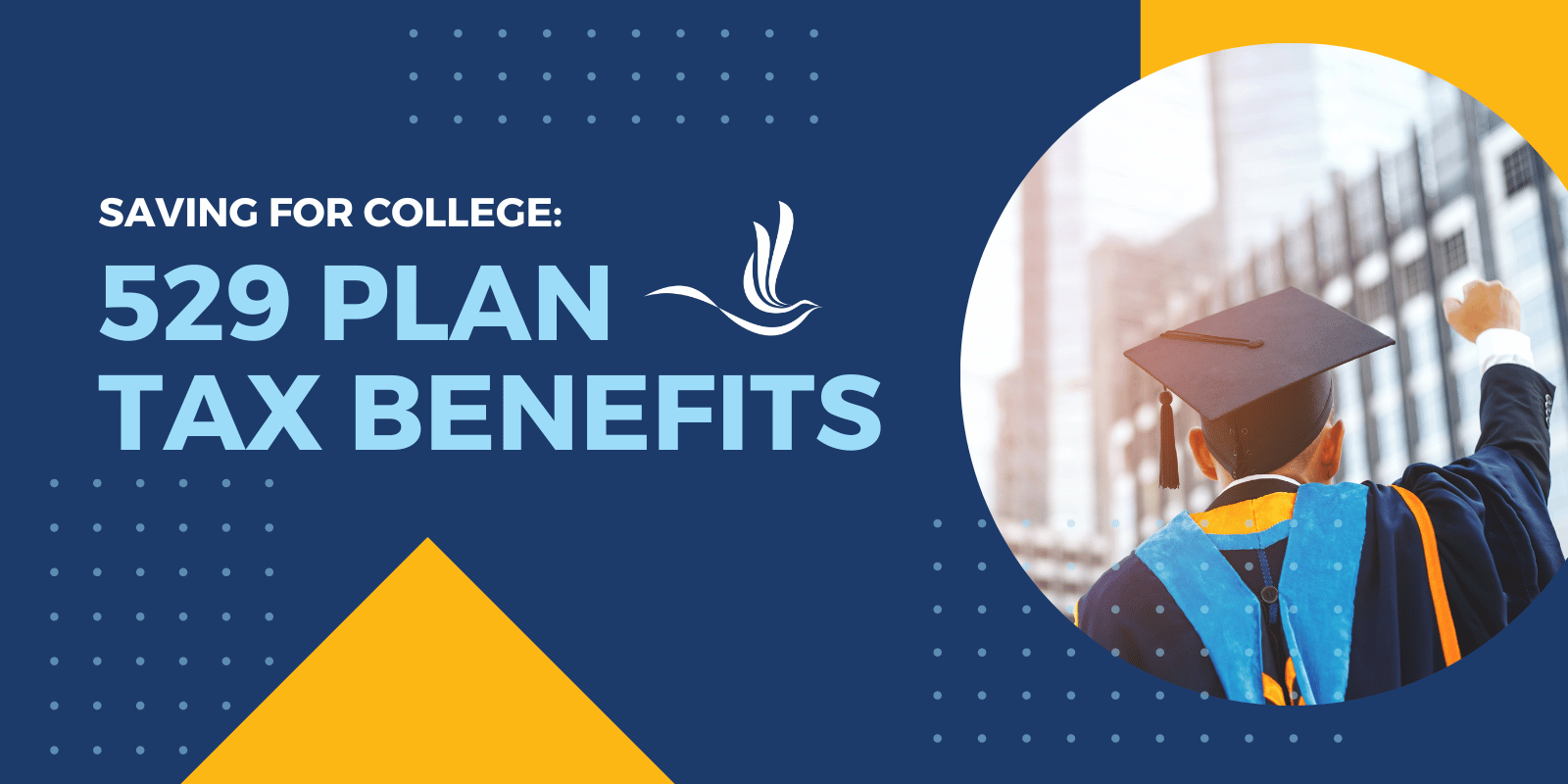
Saving for education can be overwhelming. However, it can be a little easier with the help of a dedicated education savings account. By starting earlier and saving more efficiently, you can boost your ability to pay for educational costs, whether that’s for your children, a family member, or even yourself. One of the most popular types of education savings accounts is a 529 plan. This is thanks to its tax benefits and flexibility. Because of recent changes under Trump’s One Big Beautiful Bill, 529 plans now cover a wider range of education costs beyond college. Here’s an overview of how 529 plans work, what they can be used for, and recent changes that may benefit your family.
What is a 529 plan?
A 529 savings plan is a tax-sheltered investment account designed to pay for qualified education expenses. These plans are named after Internal Revenue Code Section 529 and are offered by states or educational institutions. Like a Roth 401(k) or Roth IRA, 529 plans are funded with after-tax contributions. This means they grow tax-free and can be withdrawn tax-free as long as they’re used for qualified education expenses. While 529 plans were originally limited to college or post-secondary costs, their scope has expanded significantly. Now they include earlier levels of education and even student loan repayment.
What is a qualified higher education expense?
Qualified education expenses now include a wide range of costs associated with K–12, college, and some post-college education needs. These can include:
- College and postsecondary costs: Tuition, fees, books, computers, required equipment, internet services, and room and board for students enrolled at least half-time.
- K–12 education: Up to $10,000 per year, per beneficiary, can be used for tuition at public, private, or religious elementary and secondary schools.
- Home-schooling and expanded K–12 uses: Under provisions passed in Trump’s One Big Beautiful Bill, 529 plans can now be used for more than just tuition. The annual $10,000 limit also applies to qualified expenses. This includes things like curriculum materials, textbooks, instructional materials, online education tools, and fees for standardized testing.
These expanded definitions make 529 plans a more versatile option for families pursuing private school, charter school, or home-schooling paths. However, state laws vary, and some states have not yet adopted these federal changes. That means if you use 529 funds for these new types of expenses, your state may consider the withdrawal non-qualified. This potentially subjects you to taxes or penalties at the state level. Be sure to check your state’s current rules before tapping into your account.
What are the tax advantages of 529 plans?
Contributions to a 529 plan are made with after-tax dollars, so they’re not deductible at the federal level. However, some states do allow deductions or credits for contributions to their in-state 529 plans. The real benefit lies in how the money grows and is withdrawn. Investment earnings are tax-free when used for qualified education expenses. This can create substantial savings over time. Compared to a regular taxable brokerage account, a 529 plan allows your earnings to compound without being eroded by annual taxes. This helps your savings stretch further, especially for long-term goals.
529 plans also serve as useful estate planning tools. Contributions are considered completed gifts for tax purposes. In 2025, you can contribute up to $19,000 per beneficiary (or up to $38,000 for married couples filing jointly) without triggering gift taxes. Larger amounts can be contributed using a special five-year election, which lets you front-load five years’ worth of gifts in one year. This can help reduce your taxable estate while funding future educational goals for children, grandchildren, or other relatives.
What if my child doesn’t need the money?
Life changes and your education savings plan can adapt. If the original beneficiary no longer needs the funds, you have several options:
- Change the beneficiary to another qualifying family member.
- Use the funds yourself if you’re considering taking classes or earning a new credential.
- Convert to a 529 ABLE account, which supports individuals with disabilities and has its own set of tax advantages.
- Rollover to a Roth IRA: Starting in 2024, you can roll over up to $35,000 from a 529 plan into a Roth IRA in the beneficiary’s name. The account must have been open for at least 15 years, and the rollover is subject to annual contribution limits.
This new Roth option makes 529 plans even more attractive for long-term savings, especially if the funds aren’t fully used for education. It provides a built-in backup plan for retirement savings.
Tax Help with 529 Plans
529 plans are no longer just “college savings plans.” They’re now comprehensive education savings tools. With expanded flexibility that includes K–12, home-schooling, and even student loan repayment, they offer families a tax-efficient way to plan for many types of learning expenses. That said, it’s crucial to understand both federal and state rules before making withdrawals. Keeping detailed records and checking how your state treats certain expenses can help you avoid surprises at tax time. Used wisely, a 529 plan is a powerful tool to support education while maximizing tax savings and flexibility. If you need help figuring out if a 529 plan is for you, ask a tax professional. Optima Tax Relief is the nation’s leading tax resolution firm with over a decade of experience helping taxpayers with tough tax situations.
Contact Us Today for a Free Consultation